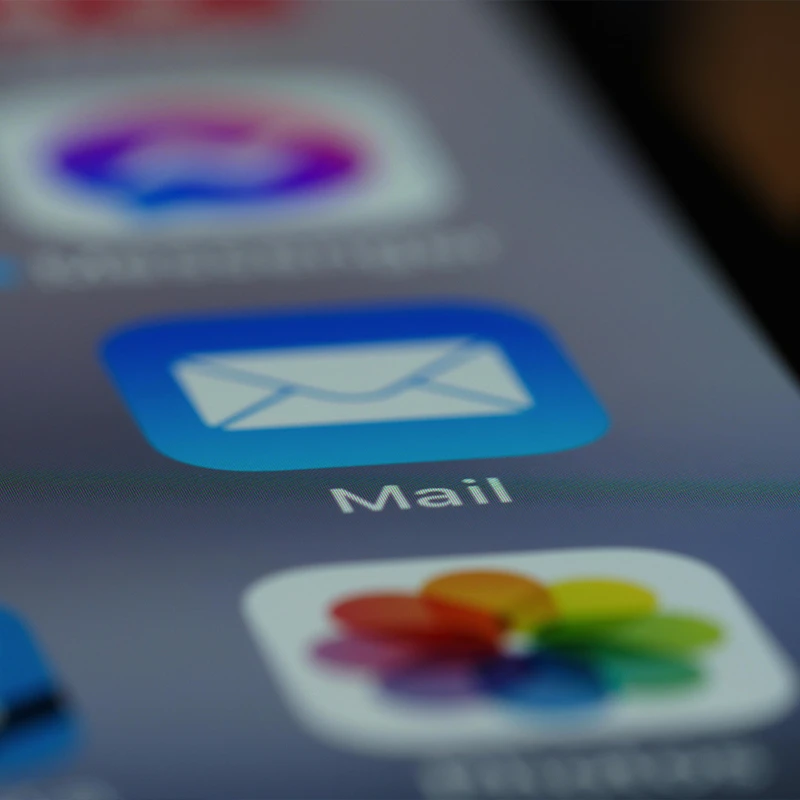Email Etiquette: What to Know Before You Hit

Solid communication is a necessary tenet for building good relationships with your clients. If one of your company's goals is to generate more positive responses from your email efforts, it may be time to examine exactly what you're sending them when you hit "send." Here are some ground rules for e-communicating you should be sure to follow, whether you are sending to 1 or 10,001. The right email can make all the difference, especially when they represent the integrity of your organization.
Begin at the beginning.

Don't wait until the body of your e-mail to try to grab a reader's attention! The subject line is your chance to draw your reader in, so keep this relevant and appealing. Don't forget that proper grammar and style are just as important (if not more so) in the subject line as in the body copy. Using all capital or lower-case letters, multiple exclamation points, or URLs in the subject line not only makes your email appear unprofessional, but may cause it to be categorized as spam by your client (or their spam filter, in which case they won't even receive your message).
Make your message loud and clear.
Whether it's to an existing or a potential client, your email should contain a concise and easily definable purpose. Don't overload an email with too much information; lots of white space will ensure a "skimmable" message, one that won't overwhelm your reader. The average consumer will only spend an average of 15 to 20 seconds reading your email, so keep every paragraph short, to the point, and highly engaging. If necessary, break text down into subsections using headers to allow your reader to quickly and easily access the information they want.
Build your own audience.
Clients bombarded with irrelevant emails from you may eventually form a negative image of your company. Ensure your audience is highly targeted—if you send out regular newsletters, for example, offer a "subscribe" button on your website, or keep a sign-up sheet in a visible location, such as by your cash register. Don't buy or rent email lists, which not only cause consumers frustration, but are also simply inaccurate for finding your target audience. Compiling your own email lists may take a little more time and effort, but the process allows you to build more personal relationships with clients, and to control your company's image and reputation.
Respect privacy.
You can maintain the privacy of your email databases simply by avoiding giving out lists of email addresses to third parties. It's also advisable to protect the privacy of your clients when sending an email to a group, easily done with the Blind Carbon Copy feature. All recipients of a message can view the addresses entered into the "To" and "CC" fields, but any address entered in the "BCC" field will remain hidden.
Getting attached?
Sending email attachments might get your message the wrong kind of attention. Large files can potentially fill the recipient's inbox, and, depending on the user's internet service, consume a large amount of bandwidth or slow their connection. Instead, provide a link to the file hosted on your website or a file sharing site. This applies to mass or marketing emails as well: utilizing links rather than attachments will increase the chances that your message will be read, as it will load faster and appear more secure to both spam filters and recipients.
Size matters.
If you must send an attachment, consider the overall size of the email you'll be sending. In particular, for messages over 500KB, alert the receiver first and ask when would be the best time to send. Files of one megabyte or more should be linked to, rather than attached.
Sign off.
No matter what you're sending out, don't leave clients in the dark as to who you are and how to reach you. Your signature file, which should appear at the end of the message, is essentially an electronic version of your business card. It should contain your name and title as well as all relevant contact information—phone and fax numbers, mailing and email addresses, web site, and even your company's social media information, if applicable.
Need help sending out your company's message? There's never been a better time to contact Web Solutions to learn about our array of marketing services!